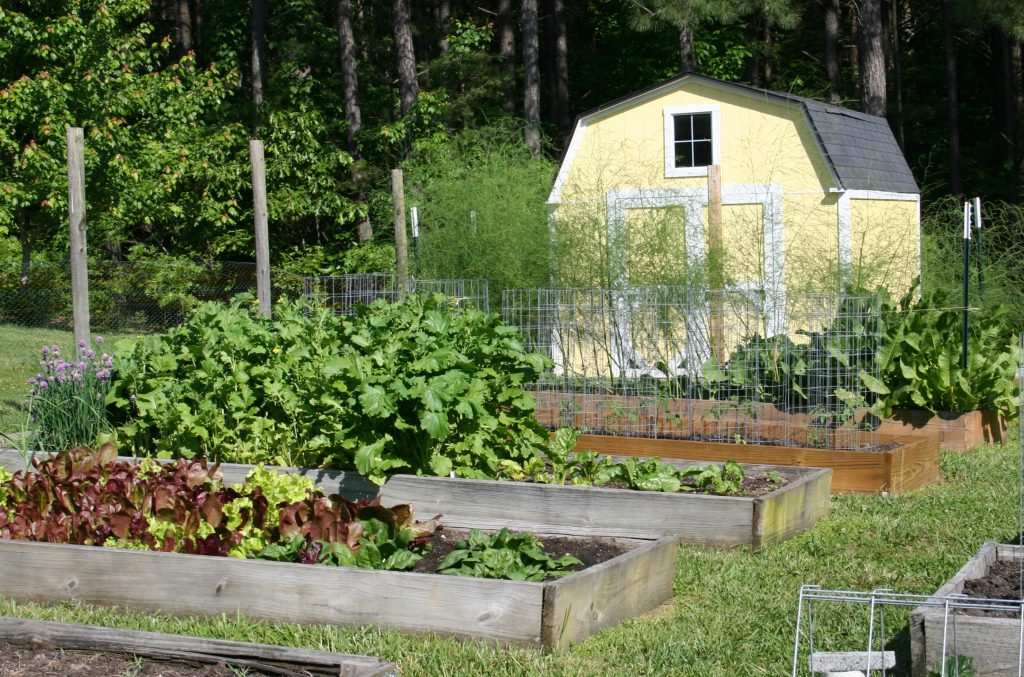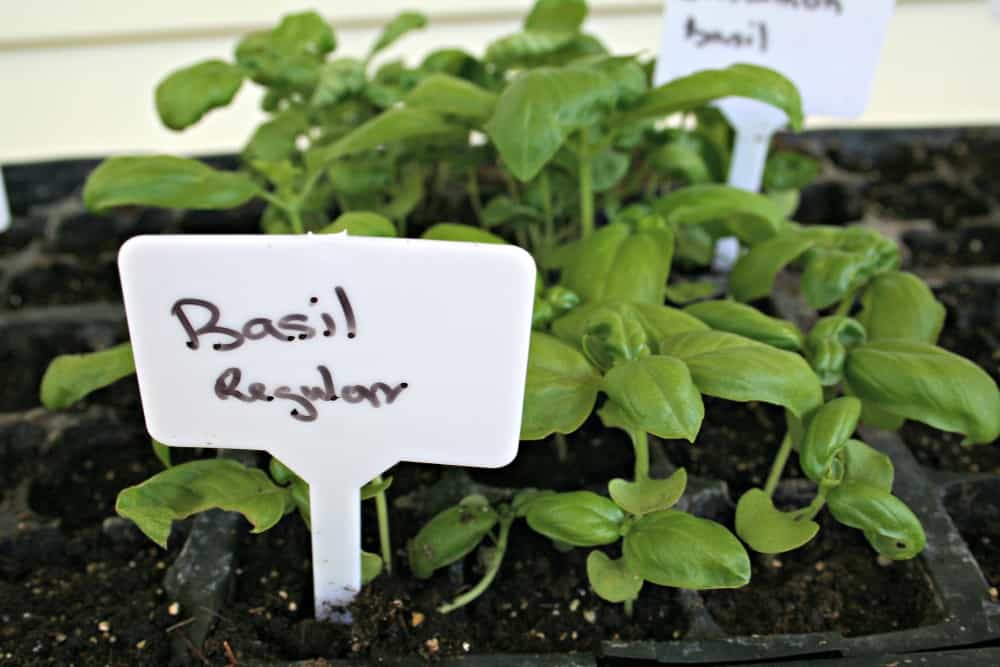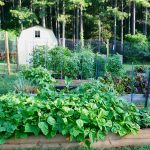
This is the time of year when I transition the vegetable garden from its spring crops into summertime. It’s the time of year when we never seem to have enough room in the raised beds nor enough time to do all of the work we set out to do in a given day.
In the vegetable garden, the broccoli rabe is at its peak, and the lettuce is, too. The beets will be ready for harvesting, pickling, and canning in about three weeks or so. Strawberries for jam are just starting to arrive and are protected thanks to the bird netting that keeps my nemesis, the local crow murder, from eating the harvest before I get to them. Peas twin on the Vine Spine Linking Trellis and start just starting to flower. Onions and garlic are maturing and the radishes are almost finished.

Newly planted carrot and parsnip seeds peek tentatively above the earth. Tomato plants expelled from hothouse splendor now wave from behind the safety of their cages. And waiting on the porch for truly hot weather are the flats of sweet potato plants who need heat and plenty of it to be happy.
Among the herb garden plants, the catnip is ready for harvesting, and I’ve already cut and dried another pint of oregano. I have cinnamon and Genovese basil plants ready to set outside and parsley and dill have been moved from the safety of their flats to the garden beds. I mix parsley and dill into the herb garden, the butterfly garden as food for hungry caterpillars, and in the vegetable garden so there is always plenty for us all.
We’ve been busy weeding all of the flower beds in the perennial garden. It is hot, dirty work. Last year, I got behind in the weeding and the weeds took advantage of my laziness to creep into every nook and cranny among the plants. Hubby and I have worked out a system whereby I week from 7 to 8:30 each morning and then he mulches the area afterward. When we finish the entire garden in about two weeks I will start again, tidying up the areas we’ve already done.

Our goal this year is to keep the garden in top shape as long as we can. The heat is always a problem and keeps me from gardening longer, but I have learned the hard way that a little sustained daily effort accumulates into success.
May is a busy month, but I have found time to update the monthly gardening tip sheets available free here at Home Garden Joy. I have also started a new short gardening book that I think you will enjoy! Stay tuned, be sure to join our email list for the latest information, and keep gardening and growing!




